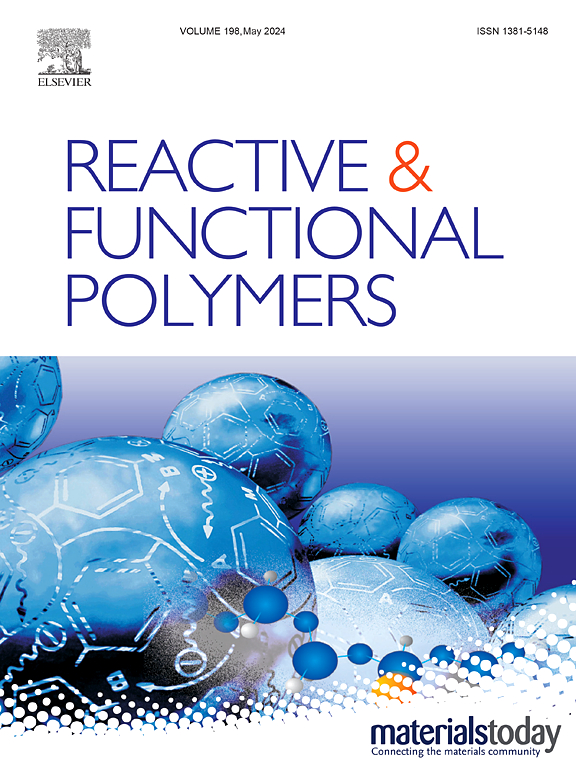Molecular dynamics simulation and curing kinetics of recycled PET /PEGc toughened epoxy resin
IF 4.5
3区 工程技术
Q1 CHEMISTRY, APPLIED
引用次数: 0
Abstract
Enhancing the toughness of epoxy resin (EP) and optimizing the recovery of polyethylene terephthalate (PET) constitute significant challenges in current product manufacturing and environmental protection domains. In this work, toughening of epoxy resin was studied using recycled polyethylene terephthalate (rPET) as toughening agent and multi-carboxyl polyethylene glycol (PEGc) synthesized from polyethylene glycol and trimellitic anhydride as a modifier. Mechanical property tests indicated that the addition of 6 phr of rPET increased the impact strength of the epoxy resin from 6.77 ± 2.26 kJ/m2 to 19.10 ± 3.53 kJ/m2. Moreover, the further addition of PEGc could produce a significant toughening effect with rPET. Specifically, the impact strength, tensile strength, and elastic modulus of the epoxy resin containing 6 phr of rPET and 15 phr of PEGc increased by 318.8 %, 13.9 %, and 23.9 %, respectively, compared with those of pure EP. The significant toughening effect is attributed to the skeleton provided by rPET and flexible molecular chains provided by PEGc. Meanwhile, the results of molecular dynamics simulation confirmed that PEGc can effectively enhance the modulus of rPET/EP composites. Through the curing kinetic parameters obtained from non-isothermal DSC tests, the Kamal autocatalytic model was found to better describe the curing reaction process of the epoxy composites. This work provides a low-cost route for fabricating epoxy composites with excellent toughness.

求助全文
约1分钟内获得全文
求助全文
来源期刊

Reactive & Functional Polymers
工程技术-高分子科学
CiteScore
8.90
自引率
5.90%
发文量
259
审稿时长
27 days
期刊介绍:
Reactive & Functional Polymers provides a forum to disseminate original ideas, concepts and developments in the science and technology of polymers with functional groups, which impart specific chemical reactivity or physical, chemical, structural, biological, and pharmacological functionality. The scope covers organic polymers, acting for instance as reagents, catalysts, templates, ion-exchangers, selective sorbents, chelating or antimicrobial agents, drug carriers, sensors, membranes, and hydrogels. This also includes reactive cross-linkable prepolymers and high-performance thermosetting polymers, natural or degradable polymers, conducting polymers, and porous polymers.
Original research articles must contain thorough molecular and material characterization data on synthesis of the above polymers in combination with their applications. Applications include but are not limited to catalysis, water or effluent treatment, separations and recovery, electronics and information storage, energy conversion, encapsulation, or adhesion.
 求助内容:
求助内容: 应助结果提醒方式:
应助结果提醒方式:


